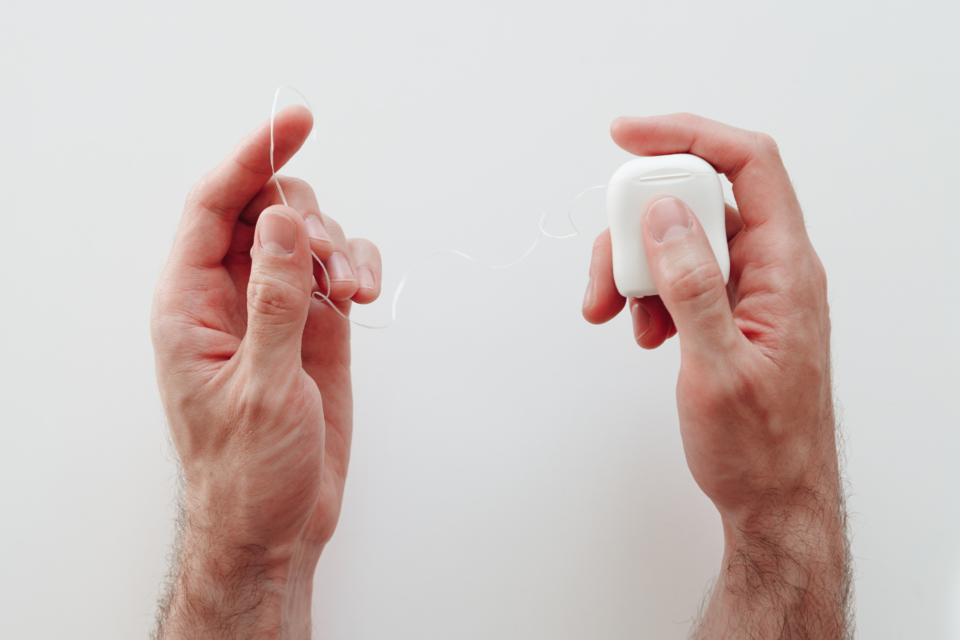Mouth Rinses: Types, Mechanism of Action, and Effective Use
Today, I’ll introduce you to the topic of mouth rinses – the types available on the market, their mechanism of action, and tips on how they should be used to maximize their effectiveness. Remember, no mouth rinse can replace the three key elements of oral hygiene: brushing, flossing, and tongue cleaning. In my opinion, mouth rinses should be considered as a supplement to basic and daily oral hygiene. If you want to read more about ideal oral hygiene, click here.
Personally, I do not recommend mouth rinses that contain alcohol. They can further dry out your mouth and increase the risk of cavities. They are generally not recommended for pregnant women, children, or patients with a history of alcohol issues. There is some evidence, though not conclusive, that alcohol-containing mouth rinses may increase the risk of developing oral cancer. So, how do you choose the right mouth rinse for yourself from so many products?

Types of Mouth Rinses
Mouth rinses can generally be divided into several main categories based on their purpose and active ingredients:
Antibacterial/Antiseptic – contain substances like chlorhexidine that help reduce bacteria responsible for plaque formation, gingivitis, periodontitis, and bad breath.
Fluoride-containing – help strengthen enamel and prevent cavities due to their fluoride content. They are intended for patients at high risk of cavities or those wearing orthodontic brackets.
For treating inflammation – contain soothing ingredients that help relieve inflammation and support the regeneration of gum tissue, such as aloe vera or herbal extracts.
For sensitive teeth – formulas rich in ingredients like potassium nitrate to reduce tooth sensitivity.
![[Translate to EN:] Mundspülungen Famidental](/fileadmin/_processed_/b/a/csm_Mundsp%C3%BClungen_Dentalhygiene_Zahnreinigung_Zahnarzt_Biel_Bienne_Seeland_b0bedd2996.jpg)
How to Use Mouth Rinses Properly:
Read the label – always check the instructions and recommended dosage on the mouth rinse packaging.
Use the correct amount of liquid – this is usually about 10-20 ml, depending on the product. Caution! Sometimes the mouth rinse needs to be diluted with water before use!
Rinse your mouth for the recommended time – this is usually 30 seconds to a minute.
Do not swallow the liquid – after rinsing, spit it out. Swallowing the mouth rinse is not recommended.
Avoid eating or drinking for 30 minutes after using the mouth rinse to allow the active ingredients time to work.
Remember, mouth rinses are a valuable addition to daily oral hygiene, but they do not replace brushing and flossing. Regular check-ups with your dentist will help you maintain the highest level of oral health.
Schedule an Appointment
If you have any questions about oral health, our experts at Famidental in Biel are happy to assist you.

More from our offer






